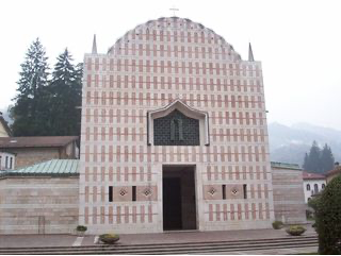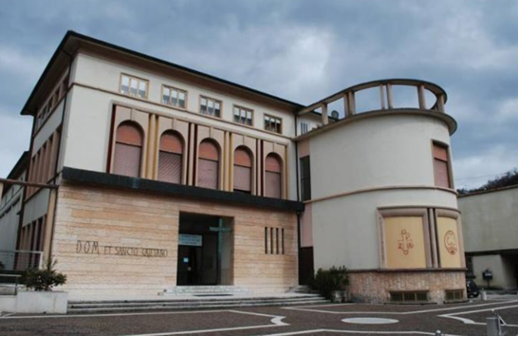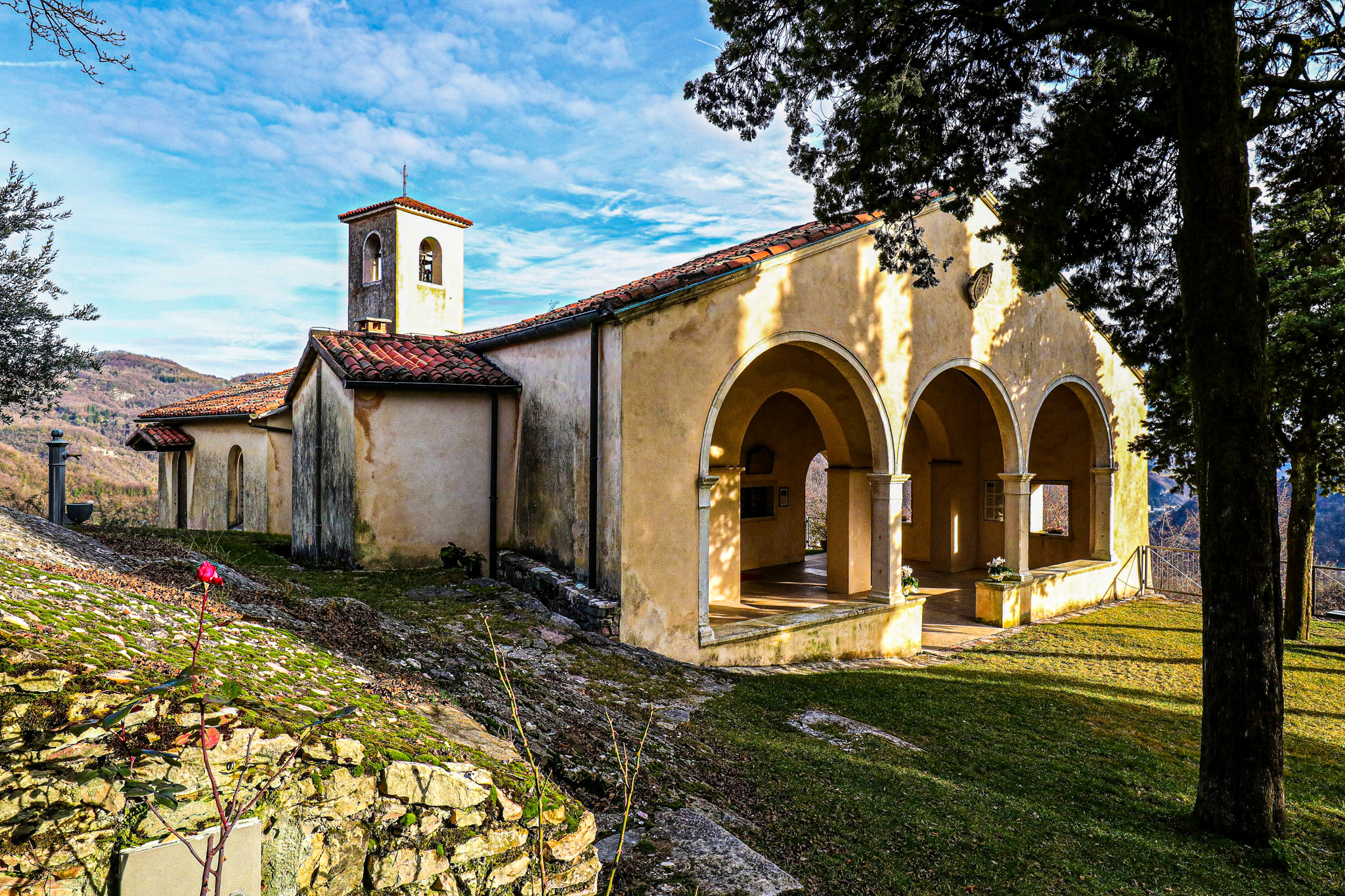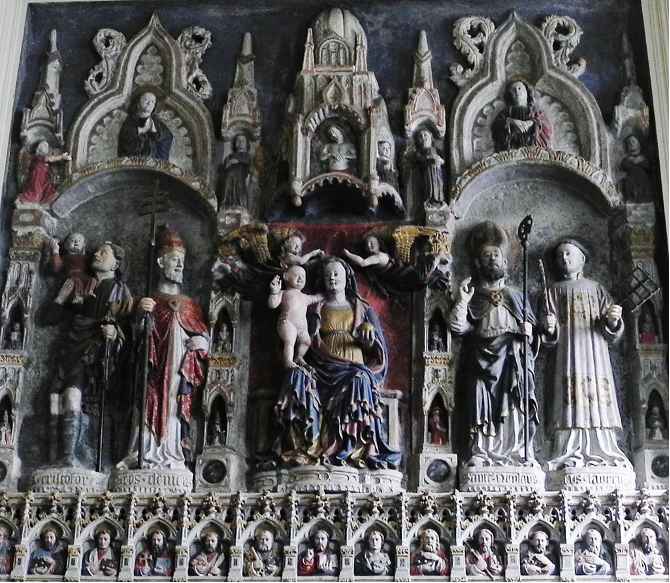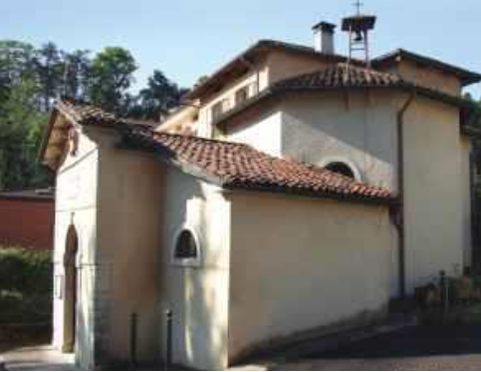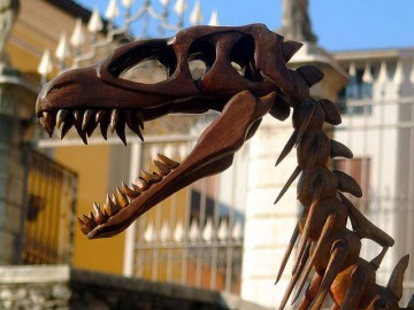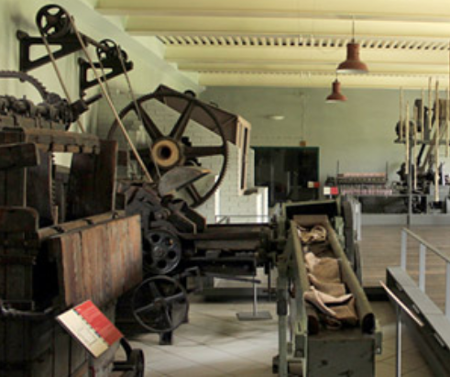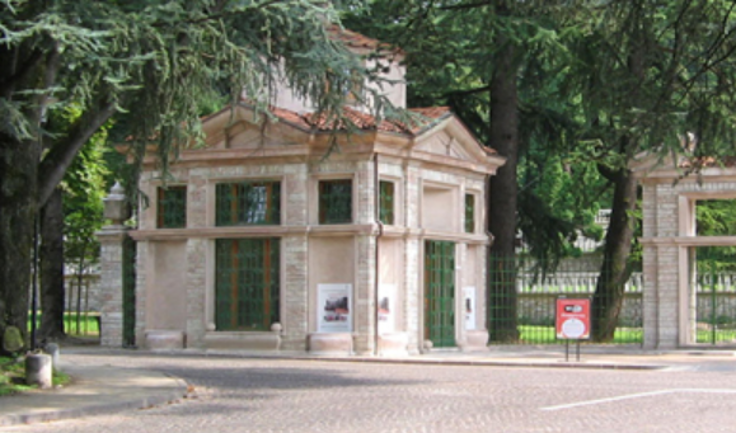Cultural, Artistic and Historical Heritage
Apart from a few prehistoric traces and some Roman or Longobard finds, the history of the Agno Valley begins in the Middle Ages with the Trissino family who built the castles up to Valdagno. The various settlements were built around them. It goes back to the feudal period of the beginning of the settlement in the valley of woodcutters and peasants mostly of Cimbrian origin who devoted themselves to agriculture and sheep farming. Traces of their German dialect have also survived in many dialect terms still used and in some surnames and local traditions.
Much of the current urban planning of the city of Valdagno dates back to the 1700s, during the period of the Venetian Republic, while the part of the city located to the left of the Agno River in the early 1900s was the subject of an urban development project commissioned by the Marzotto family of entrepreneurs, called Città Sociale or Città dell’Armonia di Gaetano Marzotto..
Recoaro Terme is a town of around 6000 inhabitants that lies between the verdant Emerald basin and the crown of the Small Dolomites.
The center, situated at 440 m above sea level, presents buildings in art Nouveau style with original decorations and friezes, taken from postcards and images of the time.
The historical center is surrounded by rural residential nuclei, the contrade that with their characteristic houses, the barns, the oven and the common court, the fountain, the capitals and, sometimes, the giassàra and the casàra, represent the ancient guardians of the “Cimbrian” tradition of the country.
Crespadoro, with the hamlets of Durlo, Marana and Campodalbero, is the highest of the municipalities of the Chiampo Valley at the geographical boundary between Cima di Marana (and therefore the Piccole Dolomiti) and the Cime della Lobbia, upper eastern Lessinia, closing the Valley to the north with the well-known Catena della Tre Croci, part of the Piccole Dolomiti.
The history dates back to very ancient times, prehistoric finds of the Iron Age were found at Purga di Durlo (purk, purga or also burgh to mean castle or fortified place, very suitable for settlements of castellieri and castles), then the traces of the ‘via Visentina’ already a place of passage, and especially smuggling, between the high Venetian piedmont plain and the central Tyrol, then the Germanic-Gallic pre-Roman populations, then the Romans who reused the ancient castellieri as watch towers and military garrisons, then the barbarian invasions, especially Lombard with settlements in Faraselle (from Fara, now Fraselle) and probably also at the castle of Durlo.
The territory was populated with a more relevant Germanic migration (the so-called Cimbri, actually Bavarians) at the dawn of the second millennium whose evidence is found in the toponymy scattered on the territory that scholars connect to the High German of 1200.
In Durlo a number of walks have been signposted that allow you to discover the most evocative corners of the splendid landscape of the upper Chiampo valley, punctuated by numerous hamlets that are still intact in their architectural structure.
In Marana there is the astronomical observatory, MarSEC, complex of study, research and astronomical popularization. The complex, managed by the astrophiliacs of MarSEC, in addition to the two domes destined one to the research and the other to the scientific popularization, hosts a set of scenarios ranging from Geology to Astronomy passing through Astronautics.
Learn more about cultural, artistic and historical heritage
Read insights on heritage-related points of interest.

